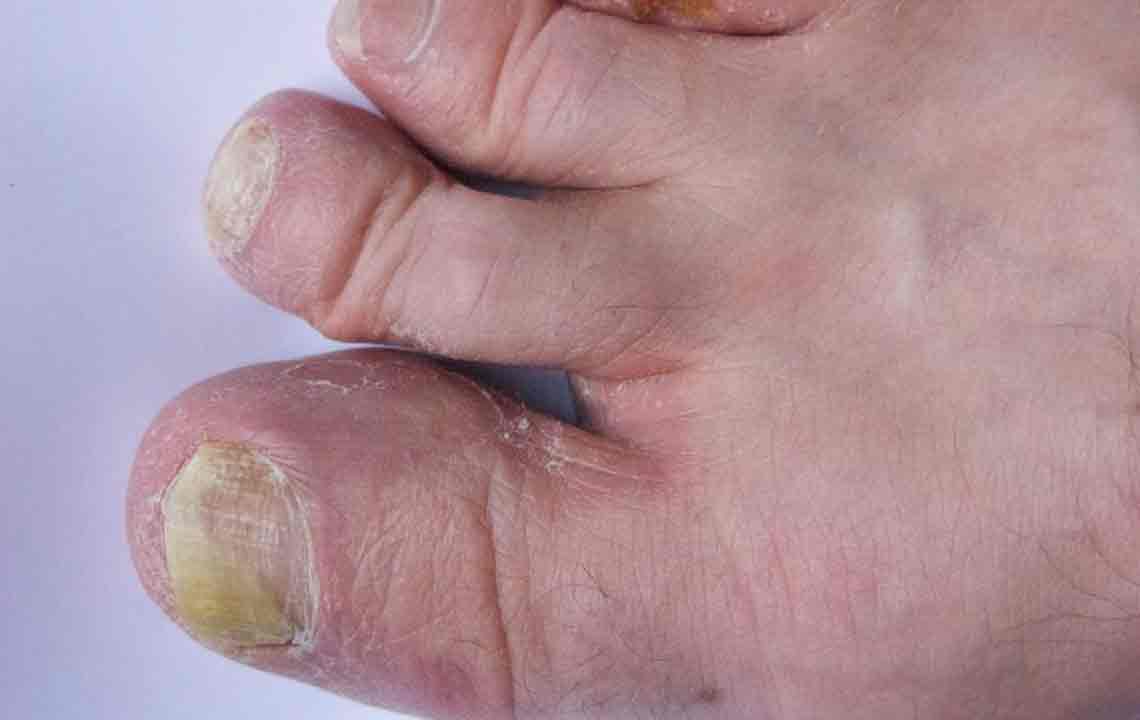Using Listerine for Fungal Nail Infections: Benefits and Considerations
Explore how Listerine mouthwash might help treat toenail fungus. Known for its antiseptic properties, it contains ingredients like thymol, eucalyptus oil, methyl salicylate, and menthol, which may combat fungal infections. The article discusses application tips, potential side effects, pros, and cons, emphasizing safety and efficacy. Though not officially marketed for this purpose, many find Listerine to be a cost-effective home remedy. Consulting a medical professional is recommended before use to ensure safe and appropriate treatment of toenail fungal infections.

Using Listerine for Fungal Nail Infections: Benefits and Considerations
Fungal infections of the toenails often develop due to dermatophyte organisms thriving in moist and dark environments. While numerous treatments are available—ranging from costly prescriptions to home remedies—Listerine mouthwash has emerged as an affordable, accessible option. Although it’s primarily known as a mouth rinse, many users have experimented with Listerine to combat toenail fungus, citing positive outcomes. This article explores how Listerine may help with fungal infections and what to consider before use.
What is Listerine?
Developed in 1879 by Dr. Joseph Lister as a disinfectant and surgical antiseptic, Listerine was initially used for medical procedures and cleaning purposes. It gained popularity as a mouthwash in the 1970s. Today, apart from oral hygiene, some people use Listerine as a home remedy for toenail fungus due to its antiseptic properties.
How does Listerine Work Against Toenail Fungal Infections?
Listerine contains several antiseptic ingredients that may help inhibit fungal growth. While not officially marketed for this purpose, its active components suggest potential benefits for nail fungus treatment. Key ingredients include:
Thymol: Derived from thyme, this compound is known for its anti-inflammatory and antimicrobial qualities.
Eucalyptol: Extracted from eucalyptus leaves, eucalyptol has antifungal and healing properties.
Methyl Salicylate: An organic compound that promotes removal of dead skin and supports healthy nail growth.
Menthol: Sourced from mint, menthol offers antibacterial and antifungal effects, helping combat fungal infections effectively.
Considering these ingredients, it’s reasonable to explore Listerine as a potential remedy for toenail fungus.
Possible Side Effects
Listerine is generally safe when used appropriately. However, prolonged foot soaks may cause skin discoloration, such as a green or blue tint. To avoid this, limit soaking sessions to about an hour. Additionally, the alcohol content can dry out skin, potentially leading to cracks or discomfort. It’s important to monitor skin condition and discontinue use if adverse effects occur.
Pros and Cons of Using Listerine
Many users report both advantages and disadvantages with this approach. Here’s a quick overview:
Advantages: Affordable, easily accessible, simple application, and reports of effectiveness in reducing fungal symptoms.
Disadvantages: No concrete scientific evidence confirming its efficacy, slow results, and potential skin discoloration or cracking in some users.
While not a guaranteed cure, Listerine can be a safe supplementary option. Consulting a healthcare professional before starting treatment is highly advised.










